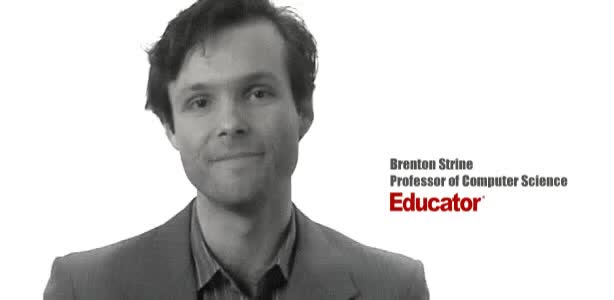Table of Contents
Duration: 5 hours, 30 minutes
Number of Lessons: 10
Java is an important computer language that runs high-tech programs including utilities, games, and business applications. Each Java lesson begins with a comprehensive and detailed overview of the major concepts. Then, Professor Hillstrom spends the majority of the lesson writing, manipulating, and running actual code. This method will help you understand the interaction between code and the final compiled product.
Additional Features:
- Free Sample Lessons
- Downloadable Lecture Slides
- Study Guides
- Instructor Comments
Topics Include:
- Classes, Objects, & Methods
- If Logic
- Loops
- Modules
- Arrays
- Inheritance
- Polymorphism
- Exception Handling
Professor Maury Hillstrom has 10+ years of experience teaching computer programming at top technical universities, a Master's in Information Systems, and received his undergraduate degree in Speech from Northwestern University.
Student Testimonials:
“Dear Prof. Hillstrom, seems you are smart by nature [which makes it] easy to understand anything from you : )” — Matthew L.
“I really enjoy watching and working on programming with your videos.” — Jacob M.


















































